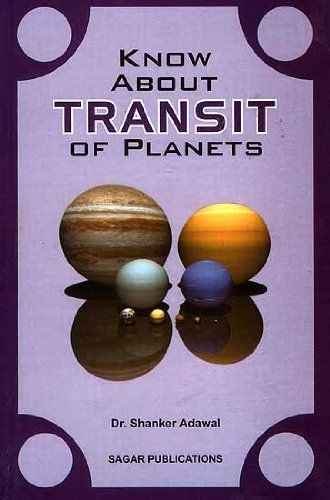![]() Offers a constructive new approach to the debate between hermeneutics and deconstruction.From the back cover
Offers a constructive new approach to the debate between hermeneutics and deconstruction.From the back cover
Written in the aftermath of the deaths of the French philosophers Jacques Derrida (1930-2004) and Paul Ricoeur (1913-2005), this book is an important and innovative study of the contentious relation between deconstruction and hermeneutics. Offering close readings of Derrida's and Ricoeur's writings on phenomenology, psychoanalysis, structuralist linguistics, and Levinasian ethics, Eftichis Pirovolakis introduces the motif of "improbable encounters," and explicates why the two thinkers may be said to be simultaneously close to each other and separated by an unbridgeable abyss. Pirovolakis complicates any facile distinction between these movements, which are two of the most influential streams of continental thought, and questions a certain pathos with respect to the distance separating them. Pirovolakis also translates Derrida's brief tribute to Ricoeur: "The Word: Giving, Naming, Calling," which appears here in English for the first time. The book is essential reading for anyone immersed in continental philosophy or literary theory.
Review"Eftichis Pirovolakis's book provides an invaluably meticulous, well-documented and even-handed account of the `encounters' between Derrida and Ricoeur. By concentrating carefully on very specific points of difference between them, he explores the disconcerting logic of sameness and difference with great subtlety, and helps us rethink the relation between hermeneutics and deconstruction." --Geoffrey Bennington, Asa G. Candler Professor of Modern French Thought, Emory University
"Reading Derrida and Ricoeur is an excellent book. Pirovolakis takes up not only the issue of language in Derrida and Ricoeur, but also that of alterity. It is a comprehensive and enlightening study. In fact, I think no one has shed more light on the relation between Ricoeur and Derrida than Pirovolakis." --Leonard Lawlor, Sparks Professor of Philosophy, Penn State University
Series: Suny Series: Insinuations: Philosophy, Psychoanalysis, Literature
Paperback: 240 pages
Publisher: Suny Press (January 2, 2011)
Language: English
ISBN-10: 1438429509
ISBN-13: 978-1438429502
MsSVig
























